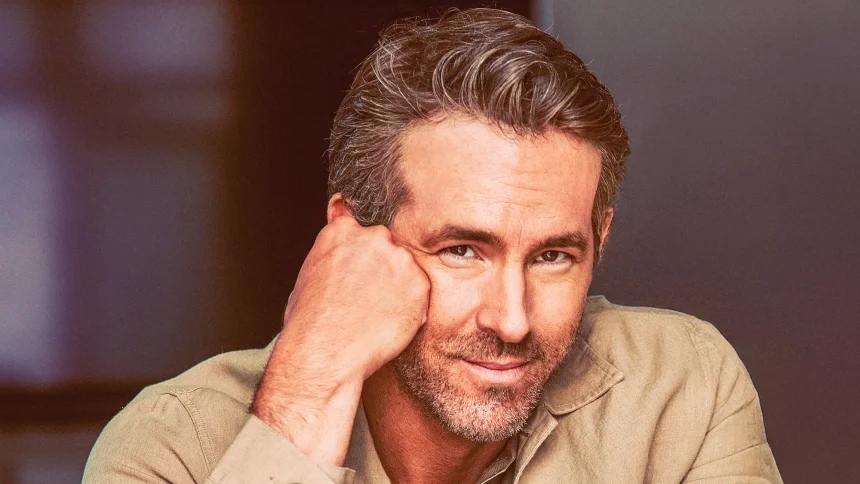What does it take to make an ad that people actually want to watch? For Ryan Reynolds, the answer lies in an unusual mix of humor, timing, authenticity, and a willingness to throw out the rulebook.
From gin commercials that feel like short films to mobile carrier ads with more wit than your average sitcom, Reynolds has carved out a unique creative space—one where storytelling always comes first, even when the goal is to sell.
Let’s take a look behind the scenes at how some of these unforgettable campaigns come to life.
1. The Philosophy: Make the Audience Feel In On the Joke
Ryan’s creative studio, Maximum Effort, approaches ads like they’re inside jokes with the audience—not corporate monologues.
“If it feels like an ad, people skip it. If it feels like entertainment, they share it,”
— Ryan Reynolds
Rather than pushing product features, Reynolds leans into self-awareness and cultural timing—referencing viral moments, memes, and even his own public image.
2. Speed Is a Superpower
One of Maximum Effort’s secrets? Rapid response content.
When Peloton went viral (for the wrong reasons), Ryan’s team launched an Aviation Gin commercial featuring that same actress just 48 hours later. The ad wasn’t just fast—it was relevant, cathartic, and funny.
This ability to respond quickly—sometimes producing spots in just 24 hours—gives Reynolds a massive edge over traditional ad agencies.
3. Writing Like a Human (Not a Marketer)
Forget buzzwords. Reynolds’ scripts sound like conversations you’d have with a smart, sarcastic friend. Ads are tightly written, often no longer than 30–60 seconds, but every line serves a purpose.
In a Mint Mobile ad, he literally reads a script off a piece of paper—then pulls the camera back to reveal the behind-the-scenes process. The meta-approach builds trust, while also reminding the audience: “We’re not pretending this isn’t a sales pitch.”
4. Teamwork That Doesn’t Look Corporate
Behind every ad is a small, agile creative team—not a boardroom of executives. The core team at Maximum Effort works with boutique agencies, indie filmmakers, and editors who understand timing and tone.
Many ideas are sketched out informally: in text chains, voice notes, or even while on a film set. What matters is that the idea lands quickly and cleanly.
5. Casting the Unexpected
Reynolds frequently appears in his own ads, but also casts friends, industry icons, or unexpected talent. Think: Rick Moranis, Gary Busey, or even a talking bottle of gin.
The tone is always slightly off-kilter—just enough to feel original without being off-brand.
6. Meta, But With Purpose
One of Reynolds’ trademarks is the “ad within an ad”. Whether he’s breaking the fourth wall, referencing another brand, or mocking his own career, the point isn’t just to be clever—it’s to keep the viewer engaged and curious.
Example: A Match.com ad featuring Satan dating “2020” became viral not just because it was funny, but because it resonated emotionally during a year of global chaos.
7. Metrics That Actually Matter
Reynolds doesn’t just chase views—he looks at shares, sentiment, earned media, and brand lift.
His ads often get picked up by news outlets, talked about in culture podcasts, and dissected on Twitter (now X). That kind of organic reach is worth millions—and it starts with simply making something worth watching.
What Can Creators Learn From Reynolds?
- Tell the truth — but make it entertaining
- Move fast, don’t wait for perfection
- Include your audience in the process
- Don’t be afraid to be weird (if it’s smart)
- Make sure the ad isn’t the only story—make how you made it part of the experience
Final Thoughts
Ryan Reynolds has managed to blur the lines between advertising and entertainment. His work reminds us that even in a hyper-commercialized world, audiences will stop scrolling—for something clever, authentic, and fun.
Creating iconic ads doesn’t require a massive budget or Hollywood effects—just a clear voice, a bold concept, and the willingness to not take yourself too seriously.


